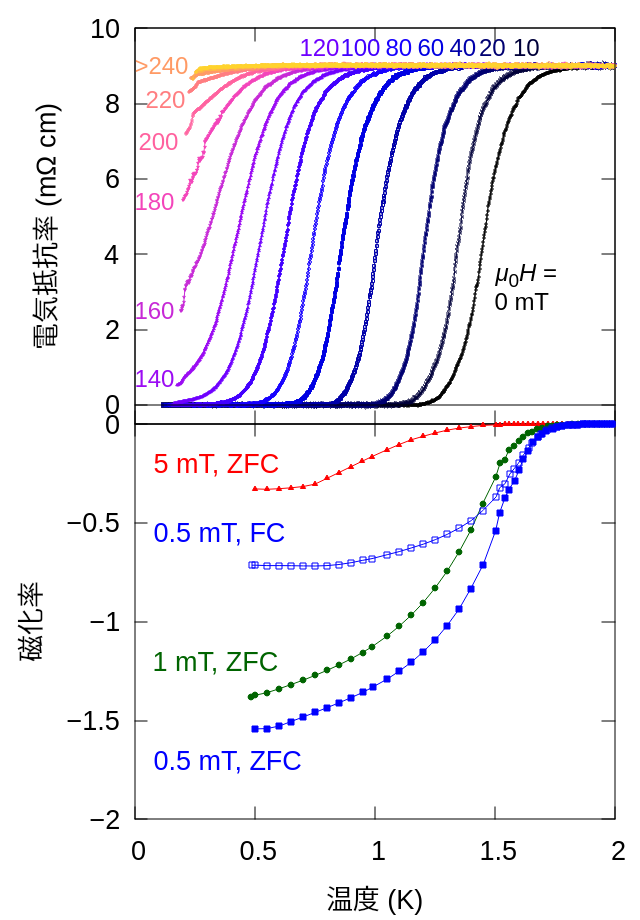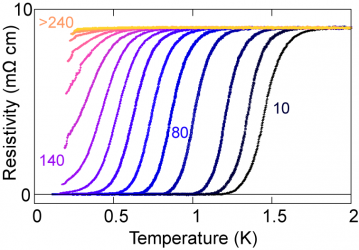In CaSb2 , the calcium and antimony atoms are arranged in a special arrangement called “non-conformal”. Since atoms are arranged periodically in a crystal, if one atom moves in parallel so that it overlaps with the next atom, other atoms also overlap with the next atom, resulting in the same structure as the original. I will. In addition to this “translational symmetry”, CaSb 2 also has “helical symmetry” in which it translates halfway toward the adjacent atom and then rotates 180 degrees around that direction to overlap the original structure. . Structures that return to their original structure in a procedure that involves “halfway translation”, such as spiral symmetry, are called “non-conformal”. In CaSb 2 , due to the non-conformal crystal structure, it is considered that the quadruple degeneration of electronic states is linearly linked in the wave number space. In this way, it is predicted that substances with linear degeneration will have new properties that cannot be seen in substances without degeneration.
We have discovered that CaSb2 , a substance with a non-conformal structure , exhibits superconductivity. As shown in the figure, the zero resistance and the Meissner effect, which are the characteristics of superconductivity, were observed in the temperature dependence of electric resistance and magnetic susceptibility. The theoretical possibility may be unconventional superconductivity due to the linear degeneracy of electronic states. From the theoretical and experimental perspectives, future research is awaited on how the non-co-type crystal structure relates to superconductivity.
This research is a collaborative research with a group of Professor Sato of Institute of Basic Physics, Kyoto University. Since the paper is open access, anyone can view it for free from the link below.

Article information
Superconductivity in the nonsymmorphic line-nodal compound CaSb2 Journal Article
In: Physical Review Materials, vol. 4, no. 4, pp. 041801(R), 2020.
![]()
